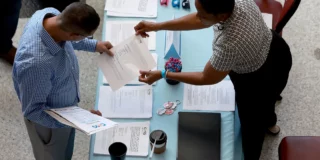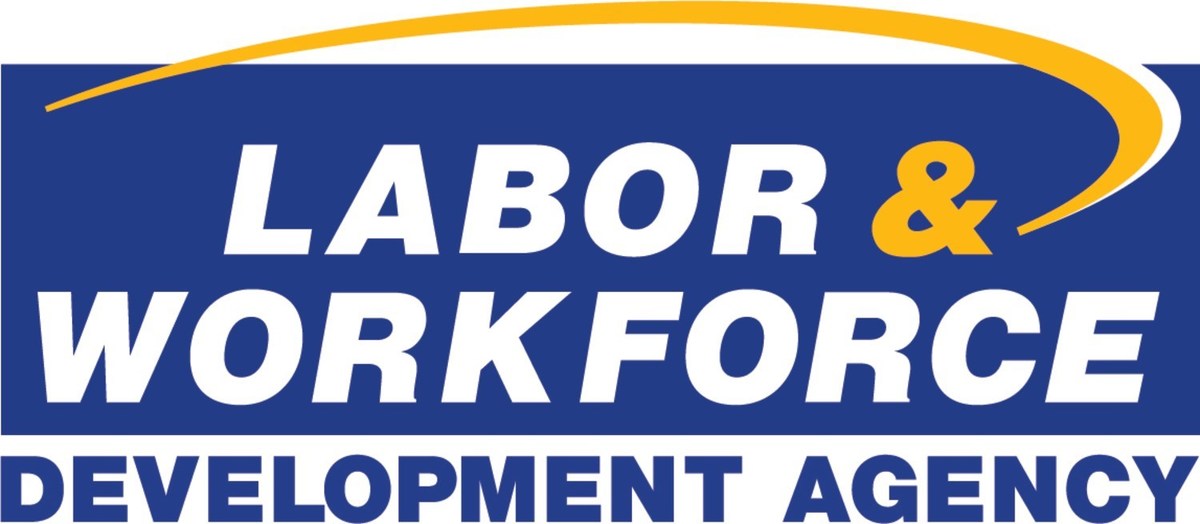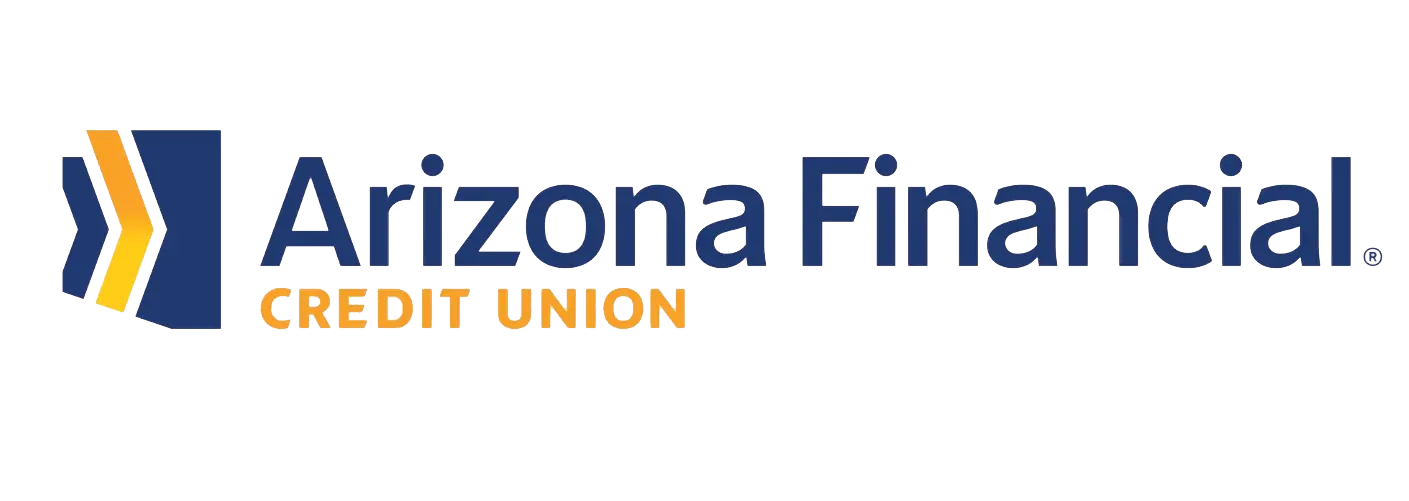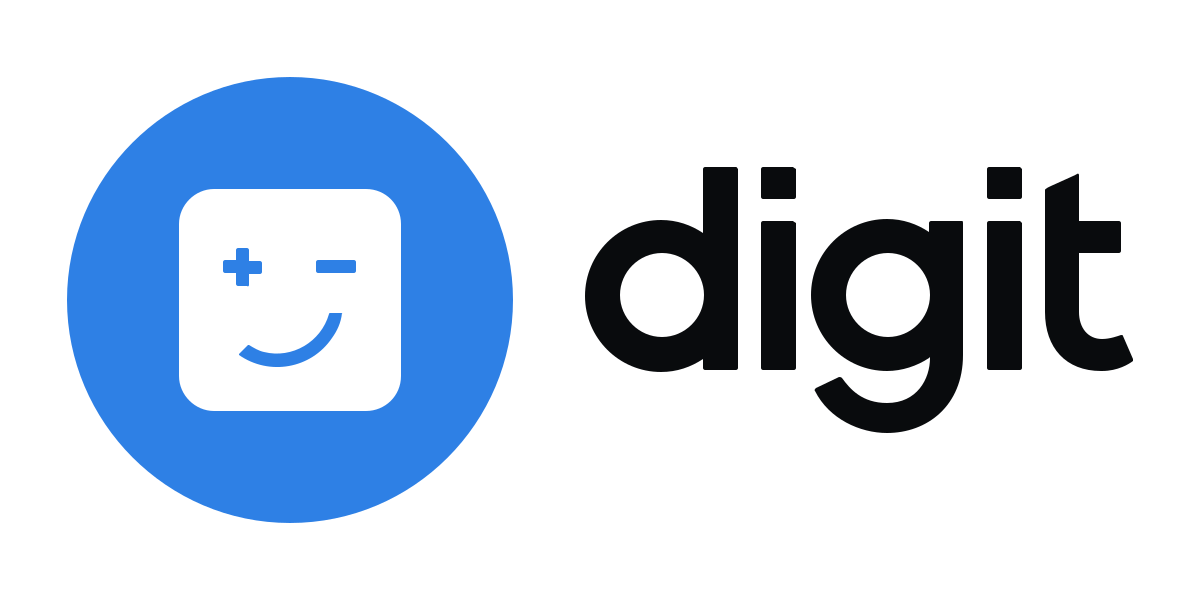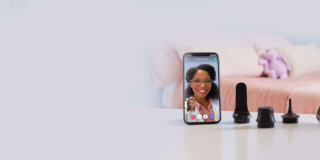Curious how behavioral science can improve product design? Dive into our case studies from tech, finance, health, and more.
LWDA Case Study: How to Redesign Communication to Boost Job Program Participation
Case Studies
Want to boost cryptocurrency adoption? Learn how our insights and ‘The Satoshi Experiment’ can help unlock behavioral science’s potential in product development.
How can we enhance communication to increase participation in the RESEA program and improve job seeker engagement in finding meaningful employment?
How do you help people repay loans faster? Common Cents Lab, a Duke University initiative co-led by Kristen Berman, Wendy Da La Rosa, and Mariel Beasley, worked with EarnUp to do this using behavioral insights.
How do you increase new patient engagement? We designed a suite of behavioral interventions for Belong Health that accomplished this. Read on to discover how we did it and what we learned.
How do you make physician reports easier to parse and more useful for providers? Learn how we worked with Belong Health to hone in on a critical source of data overload for physicians.
Could telling people when they’re spending more than others help them spend less? Common Cents Lab partnered with Arizona Financial Credit Union to learn how social proof can impact financial behavior.
How do you get more users to convert if you have a very long funnel? Common Cents Lab partnered with Kiva to find out—leading to $190K+ in additional credit for LMI small business owners.
How do you leverage tax refunds as an opportunity for long-term financial security? Common Cents Lab partnered with San Francisco fintech startup Digit to do just that.
How does a top business school transform student interaction and created a sense of belonging in a post-pandemic world?
The Common Cents Lab created an intervention that helps consumers to lower their interest on their credit card. They call it ‘Kill Bill.’
We designed interventions for the TytoCare device and user journey that drove a 120% increase in devices sold and a 65% increase in completed medical visits.
We leveraged behavioral design to improve member and product outcomes with Credit Karma Money Spend, Credit Karma’s checking account.


